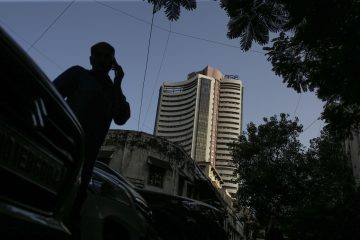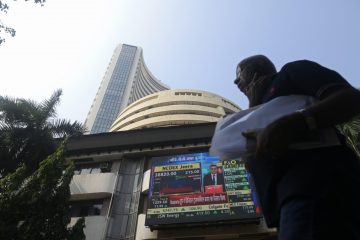The Board of Directors of the Bank, in their meeting held on March 28, 2023, considered the request of Murali Ramakrishnan, Managing Director & CEO, not to offer himself for re-appointment due to personal reasons/family circumstances, on completion of his current term i.e., up to September 30, 2023, South Indian Bank said in an exchange filing.
The private sector bank further said, the Search Committee, constituted by the Board, will identify and evaluate suitable candidates for the position of MD & CEO.
At 11:41 AM; South Indian Bank was trading 14 per cent lower at Rs 14.19 on the BSE. In comparison, the S&P BSE Sensex was up 0.03 per cent at 57,631. The average trading volumes at the counter jumped over five-fold today. A combined 118 million shares changed hands on the NSE and BSE so far.
South Indian Bank, post the on boarding of new MD in September 2020, continues to deliver in line with its Vision 2025 programme. It focused on growing the balance sheet in a calibrated manner with emphasis on NIMs and asset quality. It has since churned ~54 per cent of the overall loan book and operating metrics in the new book (originated post Sep’20) is at par with, or better than, peers.
Considering the legacy of higher stress in South Indian Bank’s corporate and mid-corporate segments, the new management (post taking charge in Sep’20) revisited the business strategy and put emphasis on ‘quality over quantity’. Further, it completely revamped the sourcing and underwriting process with clear focus on margins and asset quality. GNPLs were at only 0.06 per cent with SMA-2 at 0.2 per cent as of Dec’22, analysts at ICICI Securities said in Q3 result update.
The brokerage firm has increased their FY23E/FY24E earnings estimates by 12 per cent / 24 per cent respectively as we now model higher NIMs and lower credit cost assumption. Currently low C/D ratio at 74 per cent would help the bank calibrate its deposit growth and the same would enable it to keep deposit rates lower till the time the excess liquidity on balance sheet is exhausted.
Higher credit cost than anticipated, and NIM contraction if increase in cost of deposit outpaces asset repricing are key risks, it added.
Note:- (Not all news on the site expresses the point of view of the site, but we transmit this news automatically and translate it through programmatic technology on the site and not from a human editor. The content is auto-generated from a syndicated feed.))



